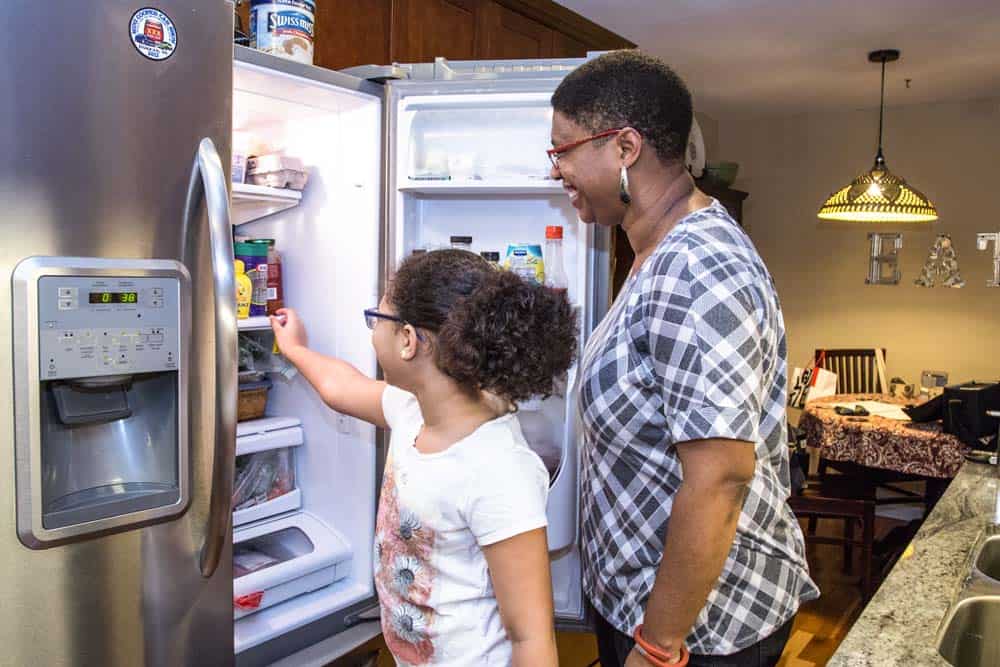Some energy efficiency programs have indeed achieved those kinds of results. Get started by looking at some energy saving measures you can do right away for quick savings, and those you can plan for the future for even greater savings.
Dialing for dollars
NOW In most homes, the largest portion of the energy bill goes toward heating and cooling, so set back your thermostat by 7 to 10 degrees for eight hours a day. In winter, aim for 56 degrees at night and when no one is at home, and 68 degrees when you’re up and around. Throw on a sweater. Note that this tactic is not as effective for some homes with radiant heat systems and it is not recommended to change thermostats on heat pump systems more than 1 or 2 degrees.
LATER Adjust your air conditioning settings this summer. If you have a manual thermostat, consider purchasing a smart or programmable one.
Chilly efficiency
NOW Make sure your refrigerator and freezer aren’t set to a colder temperature than needed. The fridge should be at 38 degrees to 40 degrees and the freezer compartment should be set at 5 degrees. If you have a separate chest freezer, set it to zero. On the flip side, set your water heater to 120 degrees.
LATER If you’ve got an old refrigerator or freezer, replace it with a new, energy-efficient model or get rid of it. The refrigerator in the garage that you use to chill drinks could be costing you around $200 a year.
Bright moves
NOW The obvious: turn off lights when not in use. Replace the incandescent bulbs that you use most with LED bulbs, which last longer and use less energy. Prices on LED bulbs have decreased.
LATER Replace all your old incandescent bulbs over time, and consider smart, programmable lighting options.
Draft dodging
NOW Look for signs of air leaks. Block gaps under exterior doors with a towel or install weather stripping. Make sure windows are caulked, and seal areas around plumbing and wiring penetrations.
LATER Have an energy auditor do a blower door test, which is the best way to identify all air leaks. In fact, an energy audit can help you develop an overall plan for your home. KL
PAT KEEGAN and BRAD THIESSEN write on energy efficiency for the National Rural Electric Cooperative Association.

